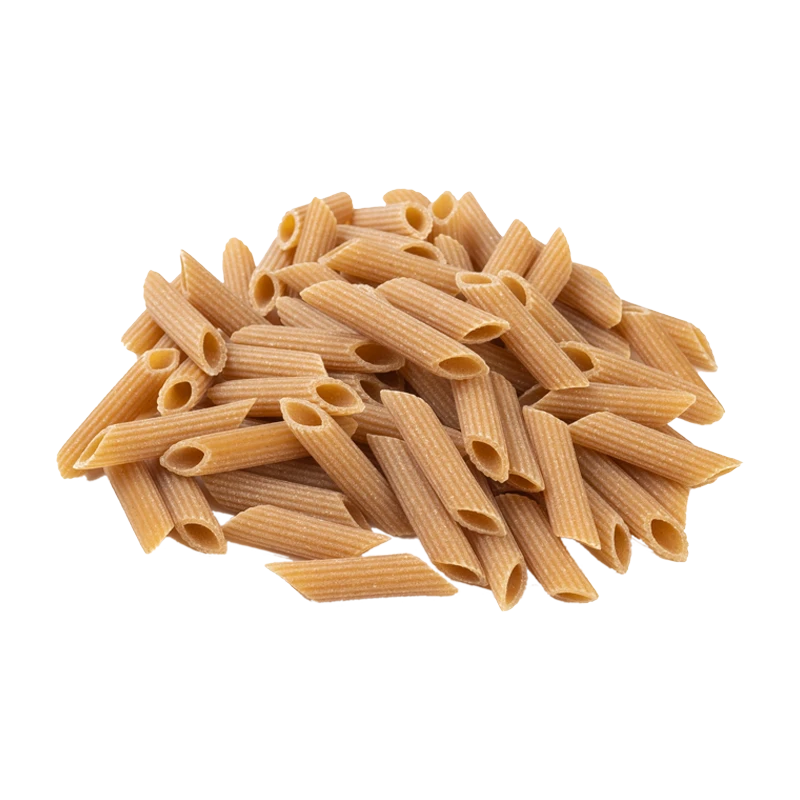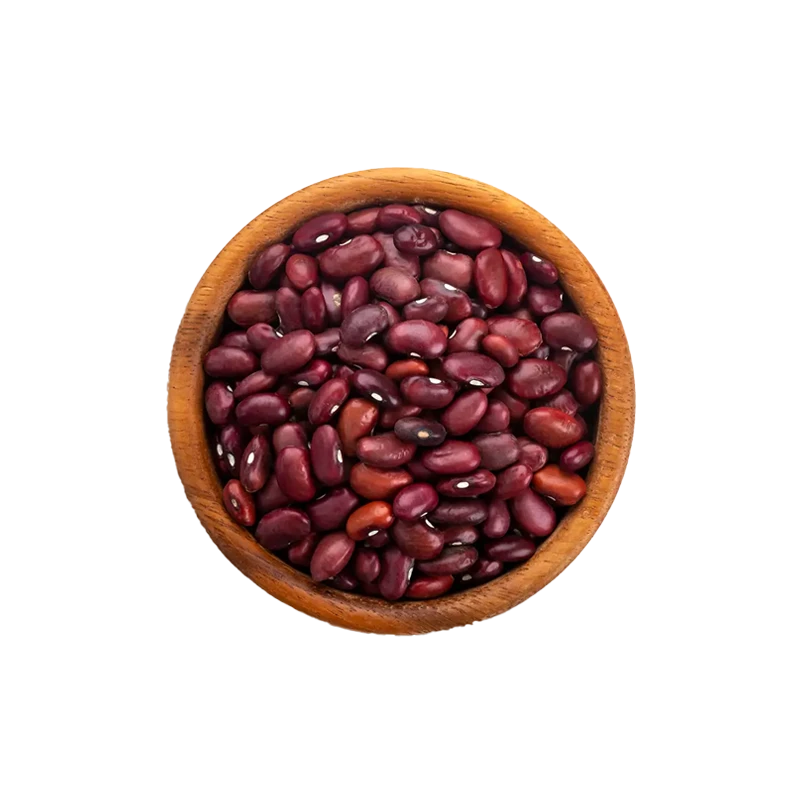Whole Grain Pasta — Nutrients, Health Benefits, and Shopping Tips

Written by Listonic Team
Last update on September 4, 2024
Whole grain pasta nutrients
Nutrition facts
Amount per 100 g
Calories
🔥 348 kcal
| Nutrients per: 100 g | Value | % Daily Value* |
|---|---|---|
| Carbs | 71 g | 25.82% |
| Fiber | 11 g | 39.29% |
| Sugars | 3 g | 6% |
| Glycemic Index | 45 | - |
| Protein | 13 g | 26% |
| Sodium | 6 mg | 0.26% |
| Total Fat | 3 | 3.85% |
*The % of Daily Value (DV) tells you how much a nutrient in a serving of food contributes to a daily diet. 2,000 calories a day is used for general nutrition advice.
11 g
✅ High Fiber Content
13 g
🧀 Good Protein Content
Whole grain pasta facts & tips
Health benefits
- High in fiber, supporting digestive health, promoting regular bowel movements, and maintaining a healthy gut microbiome.
- Rich in essential vitamins and minerals such as iron, magnesium, and B vitamins, which support overall health and well-being.
- Provides sustained energy from complex carbohydrates, making it a good source of fuel for the body and brain.
- Supports heart health by helping to lower cholesterol levels and reduce the risk of heart disease.
Health risks
- High carbohydrate content while beneficial for energy, it can cause rapid spikes in blood sugar levels if consumed in large quantities, particularly concerning for diabetics.
- Potential for gluten content making it unsuitable for individuals with celiac disease or gluten sensitivity, potentially causing digestive discomfort and other health issues.
- Potential for overconsumption due to its palatable nature, leading to excessive calorie intake if not mindful of portion sizes.
- High calorie content which can contribute to weight gain if consumed frequently or in large portions, especially when combined with rich sauces.
How to choose whole grain pasta
Whole grain pasta should have a dense, hearty texture and a rich, nutty flavor. The pasta should be uniform in color and free from any cracks or irregularities.
Avoid whole grain pasta that cooks up mushy or falls apart, as this suggests it is of poor quality. Pasta that tastes bland or has a gritty texture should also be avoided, as it will not provide a satisfying meal.

How to store whole grain pasta
Whole grain pasta should be stored in an airtight container in a cool, dry place. Proper storage ensures it remains fresh and free from pests for up to two years.
Exposure to moisture can cause pasta to spoil. Avoid storing near strong-smelling foods, as it can absorb odors. Always ensure the container is tightly sealed to maintain its quality and prevent contamination.
✅ Extra Tip
How long does it last?
Whole grain pasta can last for 1-2 years when stored in an airtight container in a cool, dry place. Once cooked, whole grain pasta should be consumed within 3-5 days if kept in the refrigerator.
What to do with leftovers?
Leftover whole grain pasta can be used in a variety of savory dishes. Toss it with your favorite sauce for a simple meal, or mix it into a pasta salad with fresh vegetables, herbs, and a tangy dressing. Whole grain pasta is also great when baked into a casserole with cheese and breadcrumbs for added texture and flavor.
Use whole grain pasta in a stir-fry with vegetables and your choice of protein, or mix it into a macaroni and cheese for a hearty dish. If you have a lot of whole grain pasta, consider making a batch of pasta bake by layering the pasta with sauce, cheese, and any leftover meats or vegetables, then baking until bubbly and golden. Whole grain pasta can also be tossed with pesto and roasted vegetables for a light, flavorful meal. For a quick snack, reheat the pasta and serve it with olive oil, garlic, and Parmesan.
👨⚕️️ Medical disclaimer
Discover products from other categories
Listonic Team
Fact-checked
Our editorial team checked this article to make sure it was accurate at the time of publishing it.
Get the top-rated shopping list app

whole grain pasta
Table of contents







